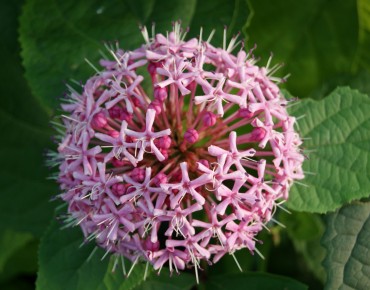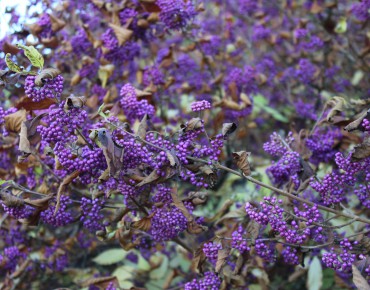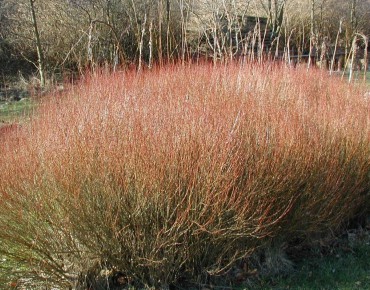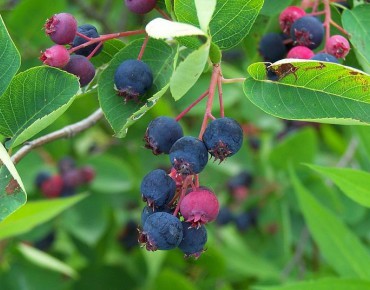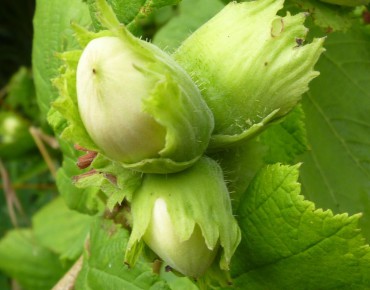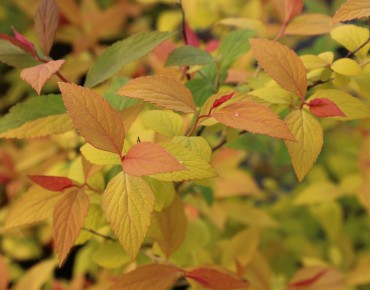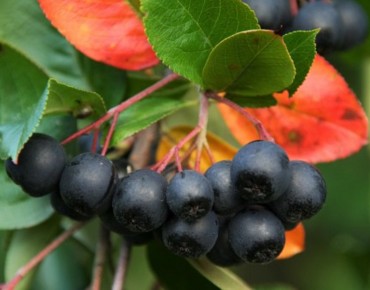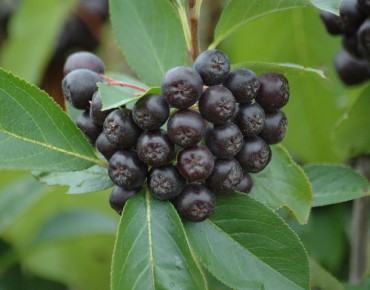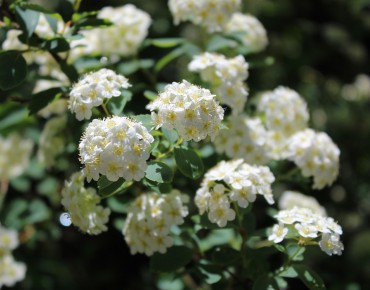- novelty
Flowering almond
Prunus triloba
Description
Prunus triloba: an ornamental jewel for the garden
Presentation and characteristics
Prunus triloba, better known as the Flowering almond, is a shrub from the Rosaceae family, native to China. It is highly appreciated for its spectacular spring flowering and its decorative appearance throughout the year. Its bushy and rounded shape, with spreading branches, can reach 2 to 3 meters in height and width.
Exceptional flowering
The flowering of Prunus triloba is undoubtedly its major asset. It takes place from February to April, before the leaves appear. The branches of the previous year are then covered with a multitude of double flowers (2 to 3 cm) of a delicate pink. This abundant flowering offers a magnificent spectacle, a real fireworks display announcing spring. The flowers can be picked and kept in a vase to decorate the house. They are followed by a few decorative fruits of oval shape and red colour.
Fall foliage and colours
The deciduous leaves of Flowering almond, medium green in summer, offer another aesthetic facet to this shrub. In autumn, they transform into a festival of bright orange-yellow colours before falling. Thus, the Prunus triloba does not limit itself to its spring flowering, but also contributes to the beautification of the garden in autumn thanks to its colourful foliage.
Growing tips
To grow Flowering almond successfully, a few practical tips are necessary. Planting should ideally be done in autumn or spring, in a hole twice as wide as the root ball. The shrub appreciates a sunny or partially shaded exposure and well-drained soil, although it can adapt to a variety of soils. During the first year, regular watering is essential, especially in case of drought. Pruning after flowering helps maintain the shape of the shrub and encourage abundant flowering the following year. The Flowering Almond is hardy and resistant to cold down to -24°C.
Uses in the garden
The Prunus triloba is perfect for various garden configurations. In a free hedge, isolated or in clumps, it finds its place and offers its floral spectacle. Its moderate size also makes it an excellent choice for small gardens. Isolated, it becomes a striking focal point, while in a free hedge, it brings a touch of colour and charm.
Other information
Varieties: there are a few varieties of Prunus triloba, including 'Multiplex' with double flowers and 'Plena' with larger flowers.
Symbolism: in the language of flowers, the Flowering Almond is associated with hope and rebirth.
Diseases and pests: the Flowering almond is generally resistant, but it can be susceptible to certain fungal diseases or aphids.
Features
- Common name : Flowering almond
- Family : Rosaceae
- Category : shrub
- Spread : 2 to 3 m
- Foliage : deciduous
- Color of flowers : pink
- Use : isolated - shrubbery - flowering hedge
- Soil : rich and well-drained
- Habit : Spreading
- Enemies : aphids - caterpillars
- Possible diseases : gummose
Expédition & livraison
How does the delivery work?
 As soon as you place your order your plants are selected
As soon as you place your order your plants are selected Each order is processed individually.
Each order is processed individually. Plants are packed, staked and labeled.
Plants are packed, staked and labeled. Packaging is carefully implemented to avoid any problems.
Packaging is carefully implemented to avoid any problems. Packages are ready to be shipped.
Packages are ready to be shipped.
Our delivery methods
Shipping of our plants throughout Europe (except overseas and islands).
Customer reviews











